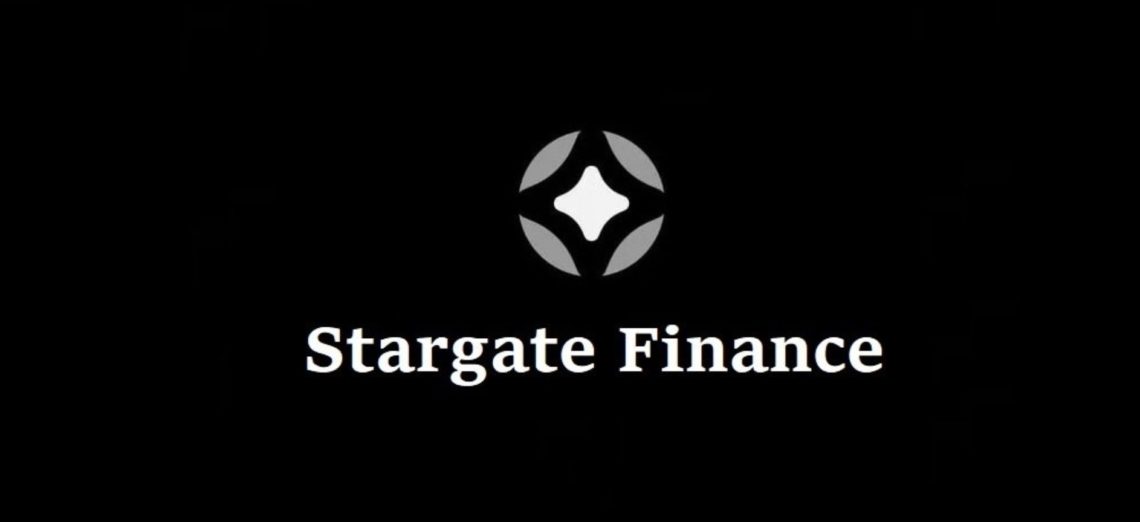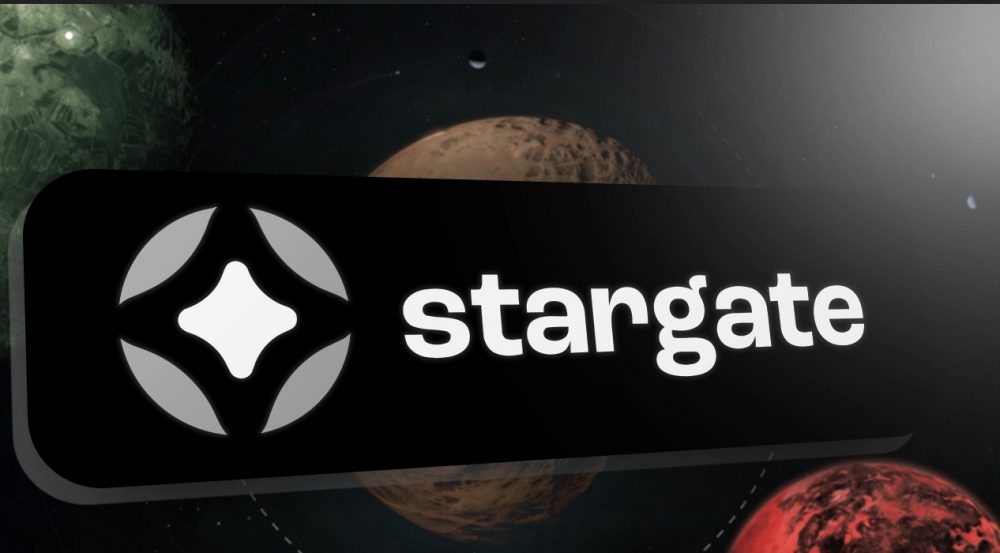Stargate Finance is an interoperable cross-chain liquidity protocol that enables users to transfer local assets cross-chain in a single transaction through the protocol’s unified liquidity pool. The main features of STG are instant guaranteed certainty, local asset transactions and combined liquidity.
What is Stargate Finance?
Stargate Finance is a fully malleable, cross-chain liquidity protocol created by LayerZero Labs in March 2022. It is an interoperability solution that integrates liquidity pools from multiple decentralized finance (DeFi) protocols. The platform allows users to simply transfer tokens without wrapping them on various blockchains including native cryptocurrencies Ethereum, BNB Chain, Avalanche and Fantom. Layer 2’s such as Arbitrum, Optimism and zkSync Era are also supported. In addition, transfers made via STG are guaranteed for instant certainty.
The importance of interoperability
Simply put, interoperability significantly increases the robustness of DeFi. Blockchains were historically known as silo networks and could not communicate across chains given the different architecture they have. This inherently led to liquidity fragmentation, and as DeFi protocols only had access to their own liquidity, the use cases that could be created were limited.
With interoperability solutions, it has become easier for liquidity to flow between different blockchains and DeFi protocols. This has improved the liquidity accessible by the protocols, helping them to offer users transactions with lower price slippage.
Bridges are currently the most common interoperability solution. However, bridges have some shortcomings.
When creating a cross-chain bridge, what developers are trying to achieve three key featureshas:
- Immediate settlement guarantee:After the transaction request is made on the source network and approved by the user, the receipt of the assets in the target chain must be certain.
- Combined liquidity: With multiple chains with access to a single unified pool of liquidity, liquidity will be deeper and benefit the users and applications that use it. This also serves as a sign of bridge credibility and attracts even more liquidity.
- Local assets: The transfer is done with local assets. This eliminates the need for additional steps and fees associated with acquiring assets eligible for wrapped asset bridging.
Given that this is a trilogy, developers often have to sacrifice a feature or two. Numerous bridge architectures have been proposed, bringing a different suite of bridging features to users.

How does Stargate Finance work?
Delta Algorithm is a new balancing algorithm that allows local asset transfers with instant guaranteed certainty made possible through unified cross-chain liquidity pools that allow all chains and DeFi applications integrated with Stargate Finance to deposit and withdraw funds from a single liquidity pool. The traditional problem with combined liquidity pools is that large numbers of simultaneous withdrawal requests made in the same pool potentially empty the pool before the claims are fulfilled, resulting in high return rates.
With the Delta Algorithm, Stargate Finance can programmatically control the combined liquidity pool to prevent users from being emptied before their transfers are processed. In general, the Delta Algorithm empowers all chains in Stargate Finance to maintain multiple “soft partitioned” individual liquidity pools. For example, the Ethereum network may have a liquidity pool of $75 million. In this pool, a designated amount can be assigned to BNB Chain (let’s say $10 million), $12 million and more to Phantom.
Flexible partitioning allows pools to freely borrow from sub-pools during liquidity crises and pay out later – after trades have been executed. This gives the Delta Algorithm the flexibility to process large simultaneous requests and reduce liquidity gaps. However, the biggest limitation of the Delta Algorithm is the possibility that requests can exhaust the funds available for a pool and its sub-pool. Stargate has introduced rebalancing fees to mitigate the scenario.
Rebalancing fees are basically transaction fees that encourage users to move liquidity in a way that keeps all balances higher than their initial value. A protocol typically starts with the optimum balance of assets. Every time the user makes a transfer, the pool becomes unstable. Rebalancing fees will encourage users to replenish low-balance assets and discourage users from consuming certain assets. Rebalancing fees are a function of both the transaction size of the user’s transfer and the available pool balance.
Rebalancing fees charged from transfers will be accumulated and sent to a prize pool. This amount is then distributed to users who help rebalance the pools. The amount of rewards received by users will depend on how close the user’s refills bring their pool balance to the target balance.

Features of Stargate Finance
Stargate Finance has a few new features that set them apart from existing bridges.
Immediate accuracy guaranteed
Transfers made on Stargate Finance have instant guaranteed certainty. The protocol requires that all target chains have sufficient reserve balances for swap requests to be processed properly. If the reserve balance is insufficient, the transfer will not be made. Therefore, there is no possibility of reversing the transaction. This prevents users from encountering bridging errors due to liquidity issues or incompatibility of wrapped tokens. Once a transfer is sent and confirmed on the source chain, users are guaranteed to receive local tokens on the target chain. This minimizes the need for users to pay unnecessary gas fees for transaction failures.
Domestic asset transfers
Users can trade local tokens between chains on a 1:1 basis by leveraging Stargate’s consolidated liquidity pool. After the transfer is complete, users will receive a local asset instead of synthetic tokens, which usually have limitations in use cases. This also eliminates the need to go through multiple steps to obtain suitable tokens for wrapped asset transfers, which often incur higher costs.
Cross-chain interoperability
Stargate Finance allows one-click trading for all tokens and chains. One-click swaps eliminate the need to move one coin on one network to another on a different network. For example, you can exchange Ethereum USDT for BUSD even if USDT is on the Ethereum network and BUSD is on the BNB network.
Combined liquidity pools
Stargate Finance allows users to access liquidity pools from various blockchains. This allows LPs to participate in liquidity mining activities in as many pools as they want through a single interface. Stargate mainly supports stablecoin liquidity pools to avoid the risk of temporary loss.
This also creates deeper liquidity for the entire DeFi ecosystem. This ultimately means minimizing slippage and improves the reliability of DeFi protocols as they now have a larger pool of liquidity to leverage.







